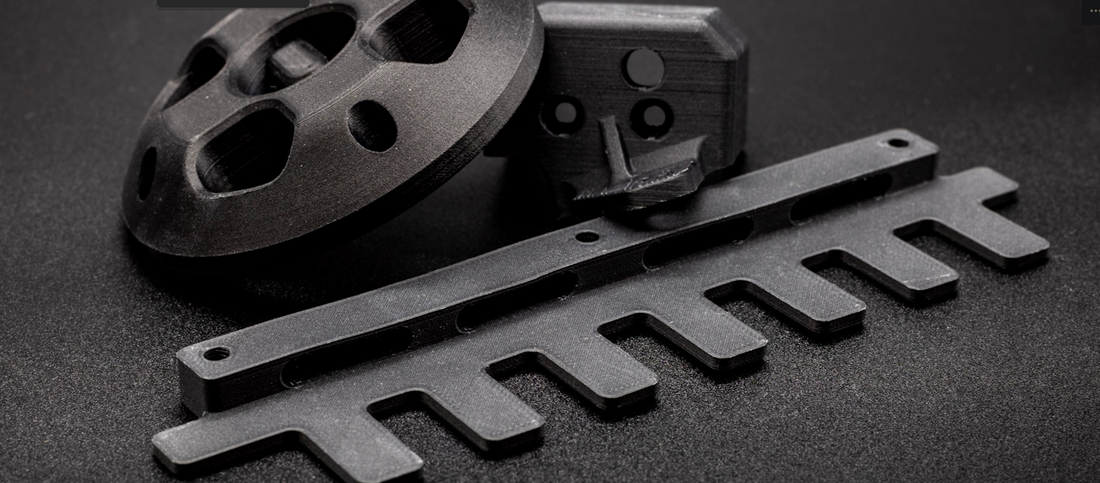
3D Printing + Engineering
Share
When it comes to product design, 3D printing is a critical tool in conceptualizing and refining a product as an organization travels through the production journey.
Some of the key advantages include:
Rapid Prototyping
3D printing allows designers to quickly create physical prototypes of their designs. This rapid prototyping capability enables designers to iterate more rapidly through design concepts, test different variations, and gather feedback early in the design process. By reducing the time and cost associated with traditional prototyping methods, such as CNC machining or injection molding, designers can explore more design possibilities and refine their ideas more efficiently.
Design Freedom
Traditional manufacturing methods often impose constraints on design due to limitations in tooling, machining, and assembly processes. However, 3D printing offers greater design freedom by enabling the creation of complex geometries, intricate shapes, and organic forms that would be challenging or impossible to achieve with conventional manufacturing techniques. This freedom allows designers to explore more innovative and creative designs without being limited by manufacturing constraints.
Cost-Efficiency for Low-Volume Production
While traditional manufacturing methods are often optimized for high-volume production, 3D printing is well-suited for low to medium-volume production runs, something that Avid Labs specializes in. It eliminates the need for expensive tooling and setup costs associated with traditional manufacturing, making it cost-effective for producing small batches of custom or niche products. This flexibility enables designers to bring their designs to market more quickly and cost-effectively, especially for specialized or limited-run products.
Iterative Design and Optimization
3D printing facilitates iterative design and optimization processes by allowing designers to quickly prototype and test multiple design iterations. Designers can easily make design modifications, refine product features, and optimize performance based on real-world testing and feedback. This iterative approach helps designers create better-designed products that meet user needs more effectively and efficiently.
Overall, 3D printing empowers product designers with greater flexibility, speed, and innovation in the design and development process, ultimately leading to better-designed products and better user experiences.
Ready to take the next step and bring your idea to life? Contact us today to get started.
